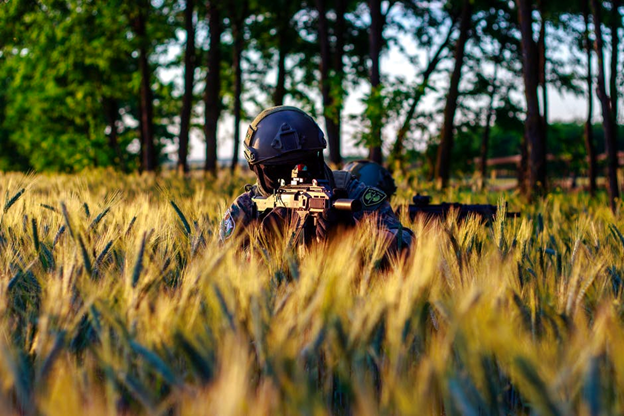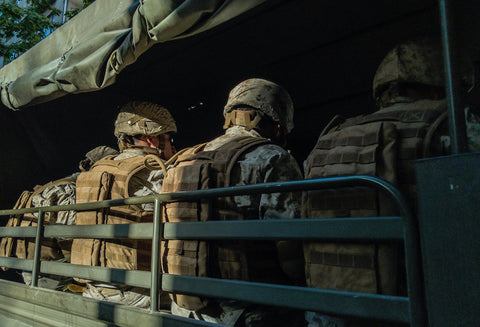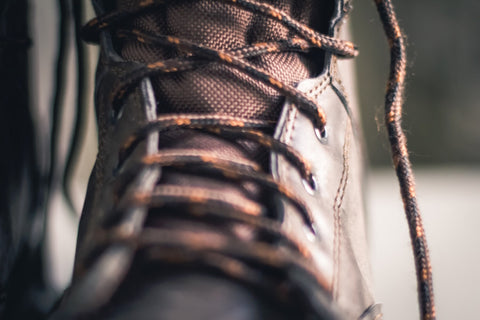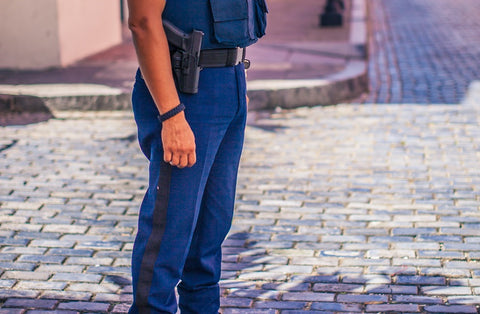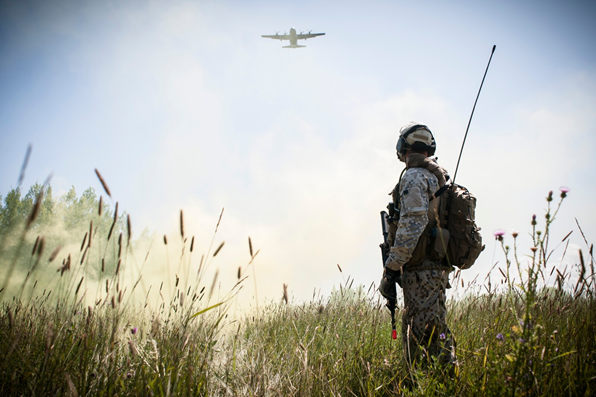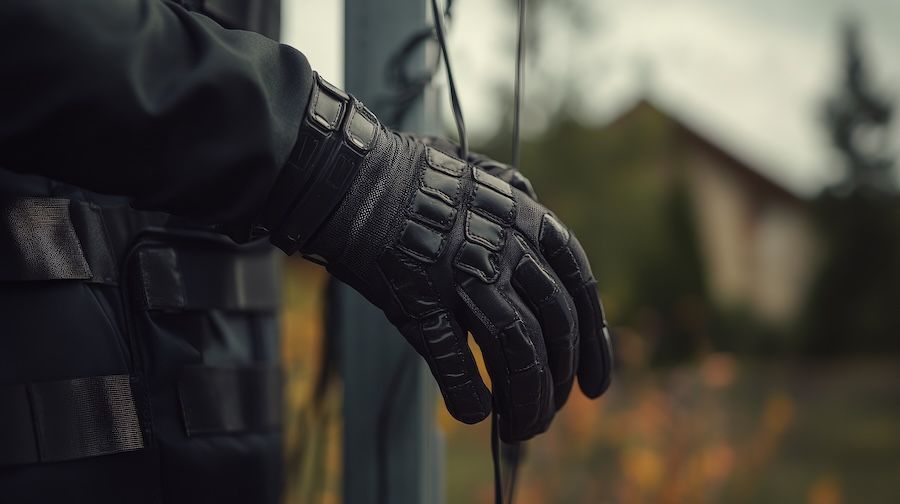Tactical Gear for Border Services Officers in Non-Military Roles
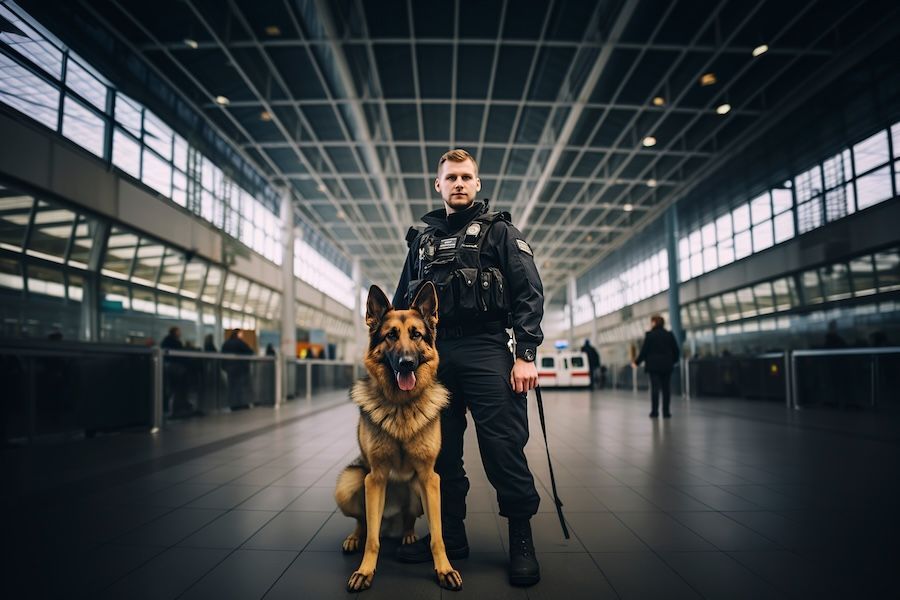
Border services officers (BSOs) have a unique and essential role in securing national borders while ensuring smooth and lawful trade and travel. These officers are tasked with a variety of responsibilities, including inspecting goods, verifying travel documents, preventing illegal immigration, and maintaining security in high-traffic areas like airports, land crossings, and seaports.
Every day, BSOs handle diverse situations that may involve everything from routine inspections to dealing with potentially dangerous individuals or threats to national security.
Given the wide range of challenges BSOs face, having the right tools is crucial. Tactical gear tailored to non-military environments helps officers address these risks without resorting to lethal force.
The key is in using non-lethal, easily accessible tools designed to protect officers and civilians while maintaining control of situations. These tools give BSOs the ability to safely and effectively manage escalating tensions, keeping situations calm and ensuring minimal harm to all parties involved.
Importantly, the tactical gear used by BSOs is not just about protection, but also about supporting their role in public safety with professionalism and dignity. Non-lethal gear such as restraints, communication devices, and protective clothing helps ensure officers are prepared for both everyday tasks and high-risk situations, always aiming to de-escalate potential conflicts before they escalate further.
Understanding the Challenges of Border Security
Border security is a complex and high-pressure environment, with BSOs regularly facing a wide variety of challenging scenarios. They might find themselves dealing with hostile individuals, crowd control situations, or intercepting illegal goods and contraband. Additionally, border officers need to be vigilant when it comes to identifying threats like drugs, weapons, and human trafficking.
Every day is different, and the situations BSOs encounter can escalate quickly, requiring rapid decision-making and swift action.
The environments in which BSOs work—airports, ports, and land crossings—are often high-traffic areas with a large number of people moving through them. These busy areas can become hotspots for tension, with long lines, impatient travellers, and the pressure to move quickly.
In these environments, BSOs need to be prepared to handle everything from routine checks to more dangerous encounters. A calm, professional presence is crucial to ensuring smooth operations, but there are times when an officer may need to act decisively to avoid or mitigate harm.
The Role of Non-Lethal Tactical Gear in Border Security
Non-lethal tactical gear is essential for BSOs to safely and effectively handle the threats they encounter without resorting to lethal force. In border security, where situations can escalate unexpectedly, having tools that neutralize threats while minimizing harm is critical.
These tools allow BSOs to de-escalate potentially dangerous situations and maintain control, protecting both themselves and the public.
Unlike military settings where lethal force might be a necessary option, the role of BSOs requires more restraint. The goal is always to prevent conflict or violence, not escalate it. Non-lethal tools are integral in achieving this goal.
Items like baton-like devices, restraints, and non-toxic sprays (where permitted) provide effective ways to control situations without the need for excessive force.
These tools allow officers to safely detain individuals, create physical barriers, or gain control of a situation without inflicting serious harm.
Another key aspect of non-lethal tactical gear is its design for accessibility and quick deployment.
These tools are often lightweight, compact, and easy to carry, making them accessible in high-stress moments when officers need them most. Examples include retractable batons, restraints like zip ties or handcuffs, and personal protection items like non-toxic foam sprays (in countries where legal).
These tools are vital for ensuring officers can handle dangerous individuals or situations while minimizing harm to those involved.
Non-lethal tactical gear also supports the broader goal of maintaining professionalism. It helps BSOs manage situations with calm and confidence, preventing the escalation of tension, while still being prepared for whatever may come their way.
Personal Protective Equipment: Staying Safe in Close Encounters
When you're working on the front lines, whether you're conducting inspections or dealing with potential threats, staying safe is a top priority. Personal protective equipment (PPE) plays a crucial role in ensuring you're ready for whatever situations arise.
Lightweight body armour is one of the most essential pieces of gear in this context. Unlike the heavy vests often worn in military settings, this type of armour is designed for maximum protection with minimal bulk. This means you can move freely, perform routine duties, and react quickly when needed, without feeling encumbered.
Gloves are another key part of your protective toolkit. These aren’t just for keeping your hands safe—they also help ensure a better grip when handling equipment, restraining individuals, or dealing with hazardous materials.
Whether you're searching through cargo, making an arrest, or securing a perimeter, gloves offer that extra layer of protection. Protective eyewear is just as important, particularly when you're in situations where debris, chemicals, or even a physical altercation might put your eyes at risk. Good-quality safety goggles or glasses are designed to keep your vision clear and your eyes protected, without sacrificing comfort or fit.
Communication Tools for Coordination and Command
Communication is absolutely essential in high-pressure environments like border security. You need to stay connected with your fellow officers, supervisors, and possibly other security agencies, especially when dealing with potential threats or large crowds.
Effective communication ensures that everyone is on the same page and can respond to a situation quickly and efficiently. Having the right communication tools is key to achieving that.
Radios are a staple of any border services officer's gear. These handheld devices allow you to stay in constant contact with your team, no matter where you are on the job. Being able to send and receive messages in real time can mean the difference between averting a crisis or responding too late.
With clear, uninterrupted communication, officers can quickly assess situations, share intel, and work together to handle complex tasks or emergencies.
Non-Lethal Restraints: Effective and Humane Control
When you're faced with an individual who needs to be controlled or detained, having the right restraint tools is essential. Non-lethal restraints allow you to manage the situation in a way that minimizes harm while still maintaining safety and control. Whether you're detaining a suspect, controlling an unruly crowd, or keeping someone safe during a transport, having effective restraint systems is crucial for your safety as well as the safety of others involved.
Zip ties and handcuffs are two of the most commonly used restraint tools. Both are easy to carry and quick to deploy, making them ideal for high-pressure situations.
Zip ties are particularly useful for crowd control or when a suspect is resisting arrest. They’re lightweight and effective, allowing you to secure individuals without unnecessary force. Handcuffs, on the other hand, are a more traditional choice, offering flexibility and adjustability depending on the circumstances. Both options give you a way to neutralize a threat without resorting to more extreme measures.
Flexible restraint systems are also gaining popularity, offering even more versatility and safety. These systems can be adapted for a variety of situations, from large-scale crowd control to one-on-one detainments. What sets these systems apart is their ability to minimize risk. They are designed to be safe for both the officer and the detained individual, reducing the chances of injury during the process.
Tactical Gear for Visibility and Control in Low-Light Conditions
When working in low-light environments, whether it's during late-night shifts, under dimly lit conditions, or even in dark areas like cargo holds, visibility becomes crucial. As a border services officer, you need to be able to see clearly, navigate safely, and perform inspections or searches efficiently, all while maintaining control over the situation.
This is where tactical flashlights and headlamps come into play. These tools are essential for ensuring that you can perform your job without being hindered by darkness, while also allowing you to maintain safety for yourself and others.
Tactical flashlights are built for rugged conditions and provide powerful beams that cut through the darkness. They aren't just for illuminating an area; they also serve as tools for signalling, crowd control, and in some cases, self-defense. Many tactical flashlights feature different modes, including high, low, and strobe. The strobe mode can be particularly useful for disorienting a potential threat or gaining someone's attention in a crowd. This feature makes it an excellent tool for maintaining control in high-stress situations. The wide beams offered by many models allow you to illuminate larger areas, so you’re not left scanning a small section of a space with a narrow beam.
Headlamps are just as valuable in these environments. Instead of holding a flashlight in your hand, a headlamp allows you to work hands-free, keeping both of your hands available for tasks like searching, restraining individuals, or managing equipment. The convenience of a headlamp ensures you can move quickly while still maintaining full visibility. Whether you're checking vehicles, performing inspections, or keeping an eye on crowds, headlamps let you keep your focus on the task at hand. Many models are lightweight and comfortable, so they won’t impede your movements, and the adjustable headband ensures a secure fit.
Durability and rechargeability are essential features for both flashlights and headlamps. In border security settings, you can’t afford to have your tools fail in the middle of a crucial operation. Rechargeable designs ensure that your equipment is always ready when you need it.
With long-lasting batteries and robust builds, these tools are made to withstand tough conditions, including exposure to water, dust, and wear and tear. When you rely on tactical gear that can handle these demands, you ensure that your safety, performance, and ability to react to challenges are never compromised.
Training and Adaptability in Gear Usage
Having the right tactical gear is one thing, but knowing how to use it effectively is another. Proper training is the key to ensuring you’re fully equipped to handle any situation that comes your way. The importance of ongoing training for border services officers cannot be overstated, especially when it comes to using tactical gear.
Your gear can be advanced, but without the proper skills and techniques, it won't do you any good in a real-world scenario. Continuous education helps you stay sharp and adaptable in an ever-evolving work environment.
Scenario-based training is one of the most effective methods for preparing yourself to use your gear in practical situations. These exercises simulate real-life events that you might encounter on the job, such as crowd control, dealing with hostile individuals, or managing security breaches. Through hands-on experience, you’ll learn how to react quickly and effectively while using your tools in a variety of settings. Scenario-based training helps you adapt your gear to meet the demands of each unique situation, from using restraints to deploying non-lethal tools, all while maintaining your composure.
At the heart of it all, adaptability is key. The ability to adjust your approach depending on the situation ensures that you're using your gear to its fullest potential. Whether you’re in a low-light setting or facing a difficult physical confrontation, knowing when and how to use each piece of your tactical kit is crucial.
Ongoing training makes this adaptability possible, preparing you for whatever challenges lie ahead.


